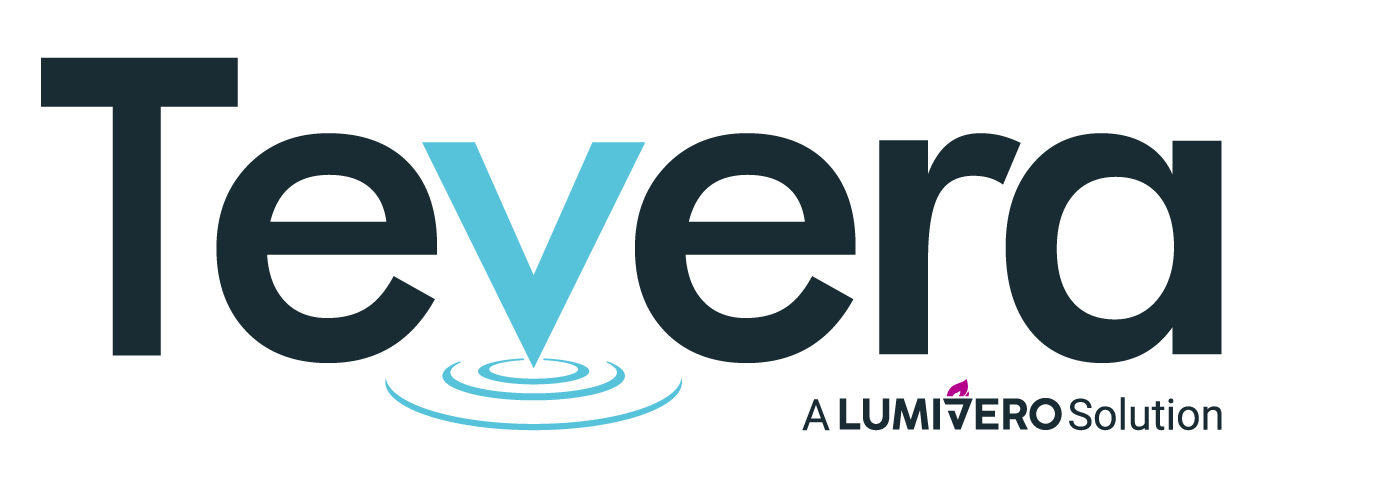Key Software Features to Help Manage Your Program’s Feedback Loops
The cornerstone of any successful feedback software is not just its ability to collect data but to do so in a way that enhances the user experience and supports effective decision-making. As more educational organizations recognize the paramount importance of continuous feedback, they search for solutions that effortlessly blend user-centric design with robust functionality.
This checklist outlines the essential features that software solutions for managing feedback loops, like Tevera, should possess, encompassing everything from an intuitive user interface to real-time data collection and beyond.
Intuitive User Interface
An easy-to-use interface that allows stakeholders to effortlessly provide feedback and navigate through the system.
Real-time Data Collection
The software should offer real-time data collection capabilities, ensuring that feedback is timely and relevant.
Customizable Feedback Forms
Users should be able to customize feedback forms to suit the specific requirements of the program or situation.
Analytics and Reporting
Advanced data analysis tools to extract insights from the feedback. Visualization features like charts, graphs, and heatmaps can help in understanding the feedback’s implications.
Collaboration Tools
Features like threaded discussions, @mentions, and shared notes can foster collaboration among stakeholders.
Notifications and Alerts
Stakeholders should receive notifications or alerts based on feedback or when their attention is needed.
Integration Capabilities
The ability to integrate with other software systems, like Learning Management Systems (LMS) or Customer Relationship Management (CRM) tools, to create a seamless feedback ecosystem.
Data Security and Privacy
Ensuring that the data collected is stored securely and adheres to privacy regulations.
Mobile Compatibility
Given the prevalence of mobile devices, the software should be accessible and fully functional on smartphones and tablets.
Scalability
As the program grows or evolves, the software should be able to accommodate an increased volume of feedback without performance issues.
Software like Tevera can become an indispensable tool for your program, bridging the gap between data collection and actionable insights. Like Tevera, it should empower its users, irrespective of their technical expertise, to dive deep into feedback, facilitating collaboration, ensuring data security, and seamlessly integrating with other platforms.
Understanding and ensuring these features are in your software solution will determine whether you have a system that merely collects feedback or transforms it into a driving force for continual improvement.
SOLUTIONS
RELATED POSTS
PRODUCT OVERVIEW
See how Tevera can elevate your program.
Key Software Features to Help Manage Your Program’s Feedback Loops
The cornerstone of any successful feedback software is not just its ability to collect data but to do so in a way that enhances the user experience and supports effective decision-making. As more educational organizations recognize the paramount importance of continuous feedback, they search for solutions that effortlessly blend user-centric design with robust functionality.
This checklist outlines the essential features that software solutions for managing feedback loops, like Tevera, should possess, encompassing everything from an intuitive user interface to real-time data collection and beyond.
Intuitive User Interface
An easy-to-use interface that allows stakeholders to effortlessly provide feedback and navigate through the system.
Real-time Data Collection
The software should offer real-time data collection capabilities, ensuring that feedback is timely and relevant.
Customizable Feedback Forms
Users should be able to customize feedback forms to suit the specific requirements of the program or situation.
Analytics and Reporting
Advanced data analysis tools to extract insights from the feedback. Visualization features like charts, graphs, and heatmaps can help in understanding the feedback’s implications.
Collaboration Tools
Features like threaded discussions, @mentions, and shared notes can foster collaboration among stakeholders.
Notifications and Alerts
Stakeholders should receive notifications or alerts based on feedback or when their attention is needed.
Integration Capabilities
The ability to integrate with other software systems, like Learning Management Systems (LMS) or Customer Relationship Management (CRM) tools, to create a seamless feedback ecosystem.
Data Security and Privacy
Ensuring that the data collected is stored securely and adheres to privacy regulations.
Mobile Compatibility
Given the prevalence of mobile devices, the software should be accessible and fully functional on smartphones and tablets.
Scalability
As the program grows or evolves, the software should be able to accommodate an increased volume of feedback without performance issues.
Software like Tevera can become an indispensable tool for your program, bridging the gap between data collection and actionable insights. Like Tevera, it should empower its users, irrespective of their technical expertise, to dive deep into feedback, facilitating collaboration, ensuring data security, and seamlessly integrating with other platforms.
Understanding and ensuring these features are in your software solution will determine whether you have a system that merely collects feedback or transforms it into a driving force for continual improvement.
Key Software Features to Help Manage Your Program’s Feedback Loops
The cornerstone of any successful feedback software is not just its ability to collect data but to do so in a way that enhances the user experience and supports effective decision-making. As more educational organizations recognize the paramount importance of continuous feedback, they search for solutions that effortlessly blend user-centric design with robust functionality.
This checklist outlines the essential features that software solutions for managing feedback loops, like Tevera, should possess, encompassing everything from an intuitive user interface to real-time data collection and beyond.
Intuitive User Interface
An easy-to-use interface that allows stakeholders to effortlessly provide feedback and navigate through the system.
Real-time Data Collection
The software should offer real-time data collection capabilities, ensuring that feedback is timely and relevant.
Customizable Feedback Forms
Users should be able to customize feedback forms to suit the specific requirements of the program or situation.
Analytics and Reporting
Advanced data analysis tools to extract insights from the feedback. Visualization features like charts, graphs, and heatmaps can help in understanding the feedback’s implications.
Collaboration Tools
Features like threaded discussions, @mentions, and shared notes can foster collaboration among stakeholders.
Notifications and Alerts
Stakeholders should receive notifications or alerts based on feedback or when their attention is needed.
Integration Capabilities
The ability to integrate with other software systems, like Learning Management Systems (LMS) or Customer Relationship Management (CRM) tools, to create a seamless feedback ecosystem.
Data Security and Privacy
Ensuring that the data collected is stored securely and adheres to privacy regulations.
Mobile Compatibility
Given the prevalence of mobile devices, the software should be accessible and fully functional on smartphones and tablets.
Scalability
As the program grows or evolves, the software should be able to accommodate an increased volume of feedback without performance issues.
Software like Tevera can become an indispensable tool for your program, bridging the gap between data collection and actionable insights. Like Tevera, it should empower its users, irrespective of their technical expertise, to dive deep into feedback, facilitating collaboration, ensuring data security, and seamlessly integrating with other platforms.
Understanding and ensuring these features are in your software solution will determine whether you have a system that merely collects feedback or transforms it into a driving force for continual improvement.



















